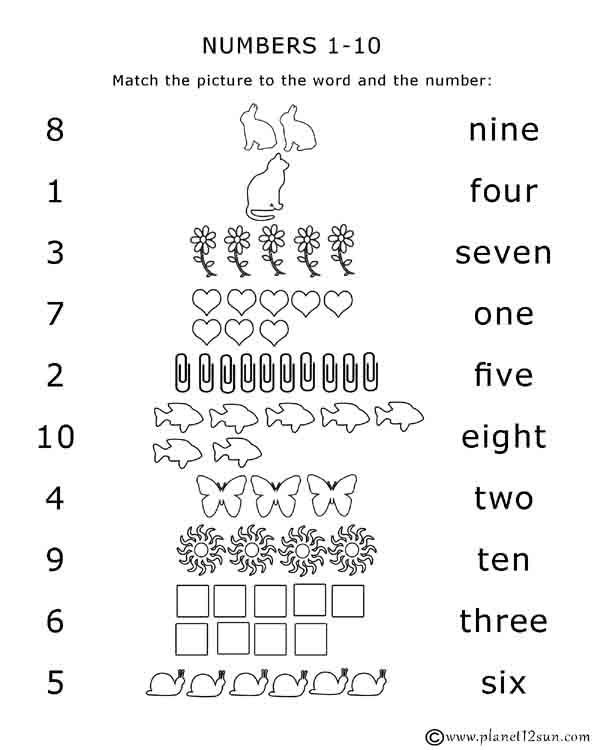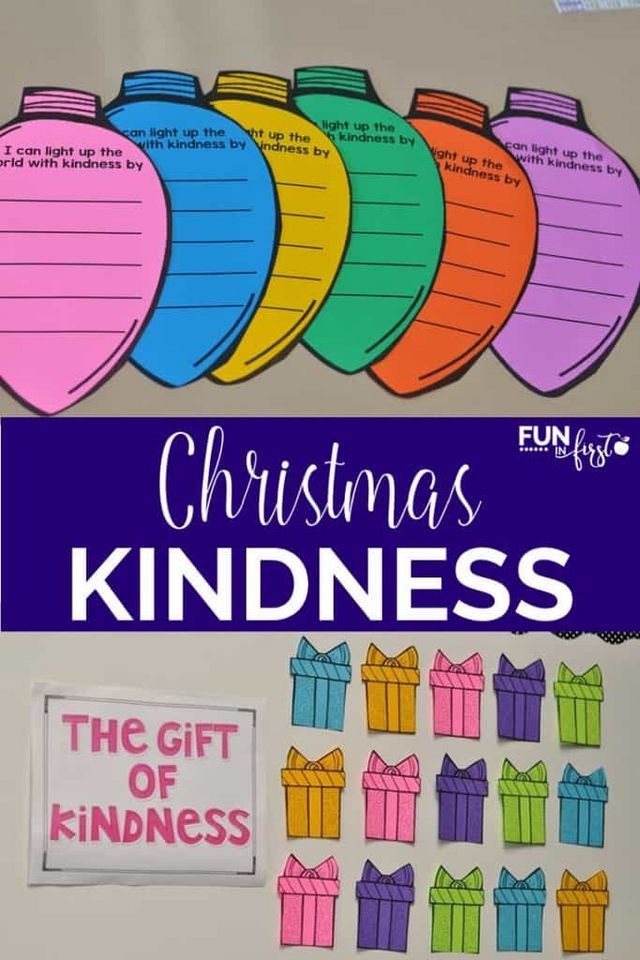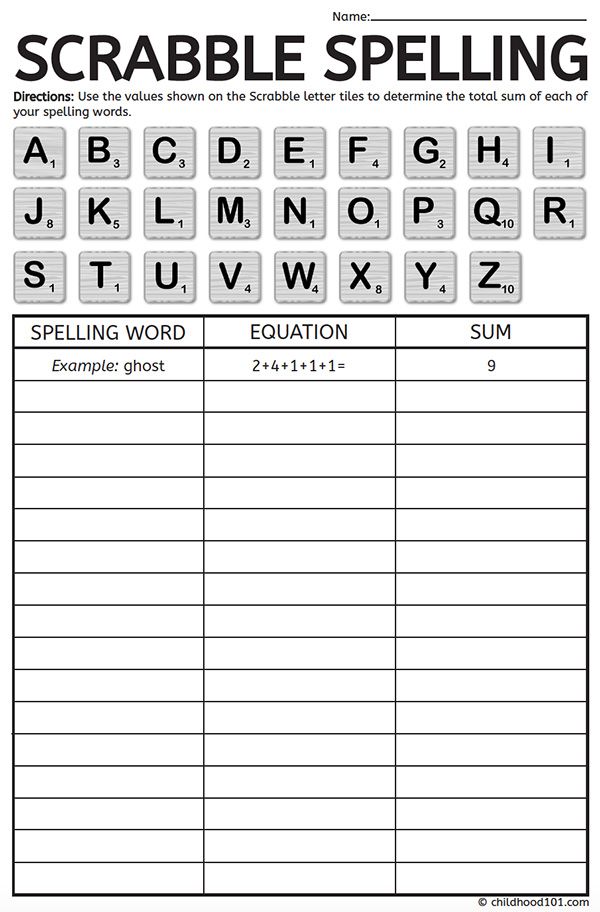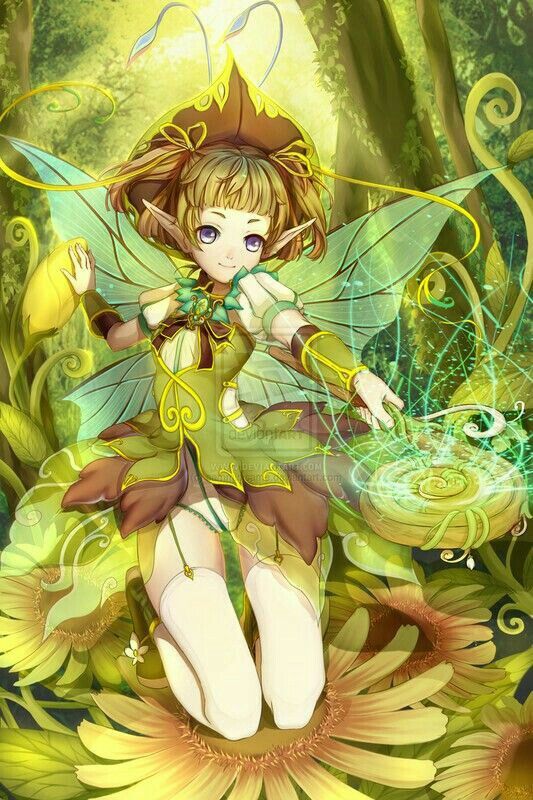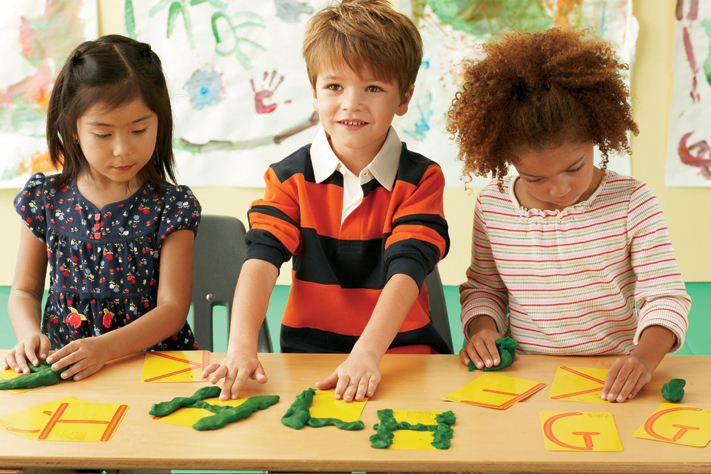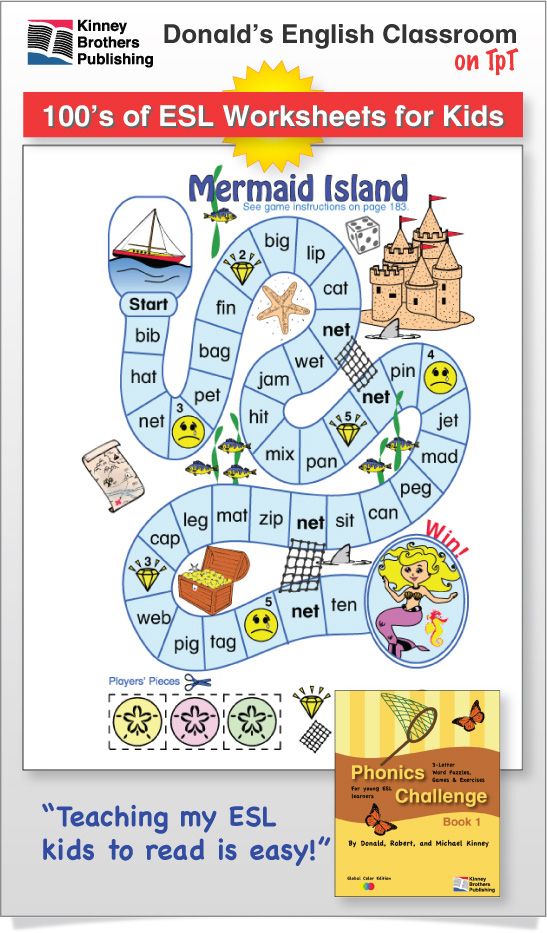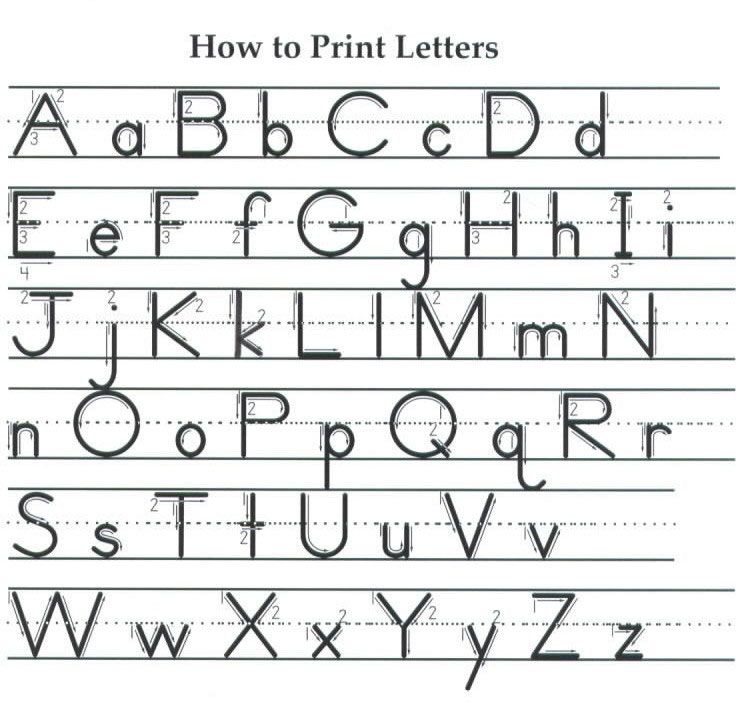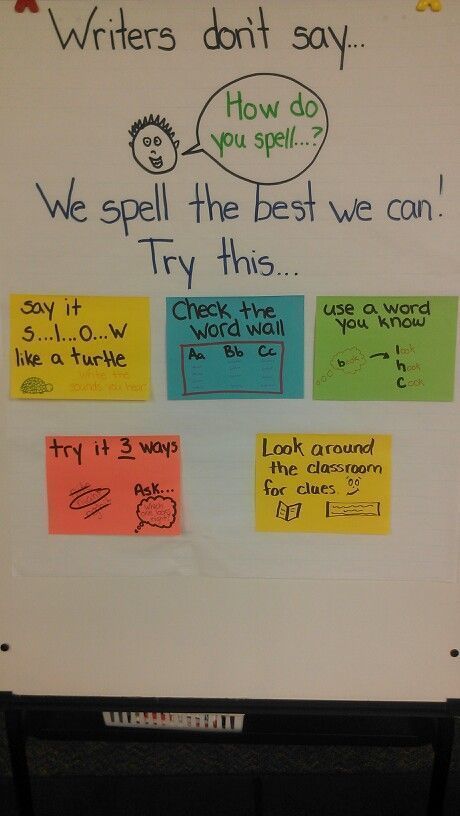Learn numbers for kindergarten
Learn Numbers For Kindergarten The Fast and Easy Way
Do you want your kids to learn numbers quickly? Are you getting a hard time teaching them at home? If the answers to these questions are a resounding “Yes!” then you need to read through this blog post.
Teaching toddlers to learn numbers is never an easy job. You need perseverance and determination to help toddlers quickly learn numbers. Bear in mind that understanding numbers is an essential skill that every child needs to master. Similarly, children perceive and study different concepts of mathematics from infancy to kindergarten, and there will always be pattern recognition and quantity comparison each and every day. At Kid’s World Preschool, we see to it that fun and interactive games and activities are correctly taught. Below are the ways and tips to help kindergartners recognize, learn, and master numbers.
Contents
- 1 Learn Numbers Recognition Games and Activities
- 2 Tips in Playing Number Games and Other Activities
- 3 When do Kids Learn to Count?
- 4 Number Crafts for Kindergartners
Learn
Numbers Recognition Games and ActivitiesIntroducing numerals to children is simple when you know what to do. However, it is a very strenuous job if you don’t have any clue on how to begin and end when teaching kindergartners. Thus, it is essential that you have a list of the various number recognition games and activities. Here are a few of the many activities or games you can include in your list:
- Counting Beads
- Number Biscuits
- Colorful Dice Tally
- Dot-to-Dot Game
- Number Hunt
- Number Bubble Game
- Number Match
- Trace and Make Mats with Numbers
- Counting with Number Rhymes
- Magic Colored Beans
- Counting and Sorting Shapes
- Building Legos with Numbers
Since children easily lose focus, it is essential that every game or activity must be able to get their attention. Hence, using a variety of bright colors along with enormous and attractive shapes will definitely make them interested in playing the above-cited games.
As stated earlier, recognizing numbers is a vital skill to learn during a child’s tender age.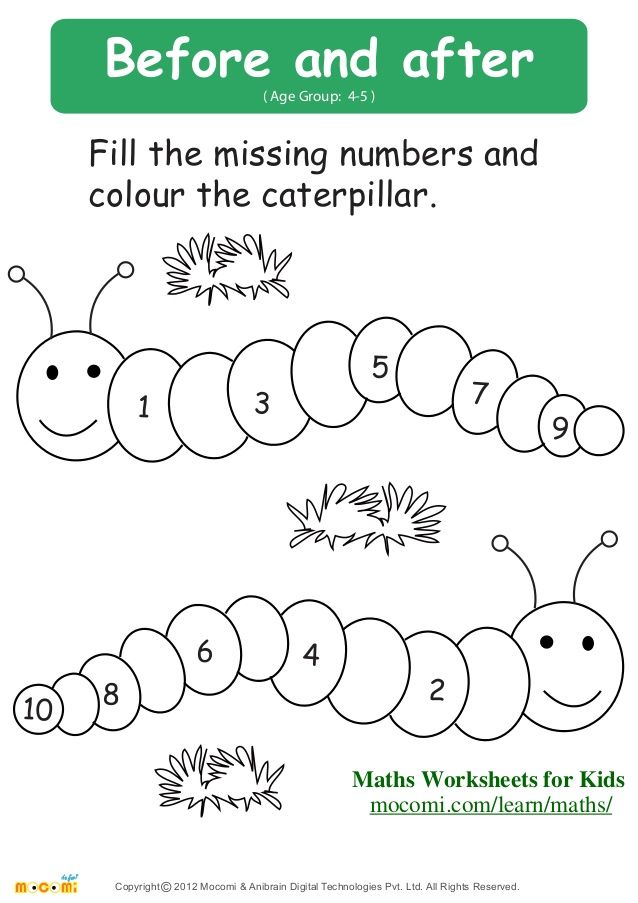 At Kid’s World Preschool, we explore every possibility to determine whether such activity or game is useful to support the numerical skill development of your child. This is precisely the reason why we make it a point that our teachers keep in mind the following notes:
At Kid’s World Preschool, we explore every possibility to determine whether such activity or game is useful to support the numerical skill development of your child. This is precisely the reason why we make it a point that our teachers keep in mind the following notes:
- Teach number activities and games in a fun and interactive way in order to cultivate a positive and practical approach.
- Aside from using numbers, it is also essential to teach numerals with alphabets so they can practice and recall their alphabets.
- See to it that they have a lot of significant visual resources such as posters and stickers.
- Along with the number games, our teachers see to it that they teach children how to read and write numbers.
In teaching numbers to preschoolers, it is paramount to incorporate figures in their day-to-day tasks. For instance, toddlers are asked to help set the table with one plate, one fork, and one spoon.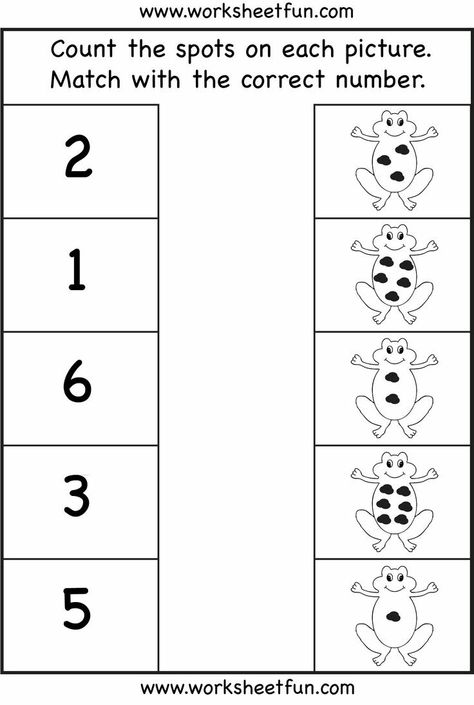 They are also engaged to count apples and pears, as well as encouraged to fix and count their toys before leaving school.
They are also engaged to count apples and pears, as well as encouraged to fix and count their toys before leaving school.
Children learn numbers effectively when they are playing with a group of kids. We likewise encourage them to play the number games with camaraderie and teamwork. Additionally, kindergartners must know how numbers compare to each other. They can easily be taught by asking them to draw a picture of five squares, three squares, etc. and allow them to arrange it from low to high and vice versa. Once they master a particular set of numbers, we try the same method with a different game.
In building your child’s numeracy skill, below are some of the helpful ideas you can do as an everyday activity at home.
- Allow your child to observe while you cook. He or she can help in mixing, filling, pouring, and stirring your ingredients.
- Create an attractive growth chart to measure your kid’s height and describe what you’re doing so he or she can learn numbers easily.

- Go for a stroll and point out how each block or house has numbers, or you can count your steps as you walk down the street.
Just like talking and reading, you can introduce mathematical thinking as soon as your child reaches 18 months. Counting objects in the room like snacks, blocks, and stairs is an excellent way to start. Some children can even score a few numbers or memorize the sequence of numbers. Although this may be a routine or habit rather than genuinely understanding how to count numbers, it’s still a fun beginning in efficiently learning their numerals.
Number Crafts for KindergartnersApart from number games, toddlers can also learn their numerals faster through a number of crafts. An interactive variety of number crafts will surely encourage the kindergartners to learn math smoothly and efficiently. Whether or not your child requires a little help counting his or her fingers, these number of crafts are the perfect ways to get him or her learn.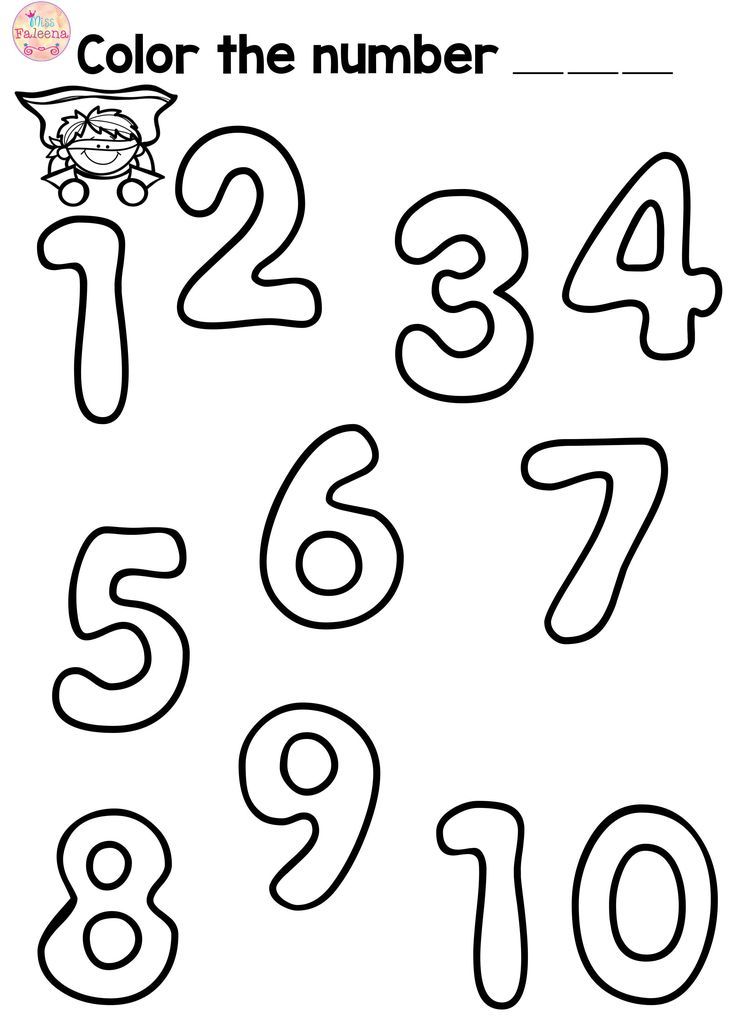
- Exploding Numbers – Get this fun number craft introduced by First Palette. The supplies you’ll need are roller brushes or paintbrushes, poster paint, masking tape, scissors, pencil, drawing paper or construction paper and letter or A4 size cardstock.
- Octopus Counting Craft – Learn and have fun creating this numerical sea creature by All Kids Network. The things needed are marker, glue, eyes, green construction paper, 2 different colors of construction paper, and a large piece of paper.
- Velcro Bull’s Eye Ball Tossing Game – Learn about numbers and adding your scores up with this engaging game by Artists Helping Children. The materials you’ll need are strong adhesive tape, yarn or ribbon, cardboard, small balls like plastic golf balls or ping pong balls, marker, cups or bowls, glue, and scissors.
- Follow the Number Maze – Jamie of Hands On As We Grow suggested this tremendous and useful number craft. You’ll only need an art paper, scissors, and roll of painters tape.
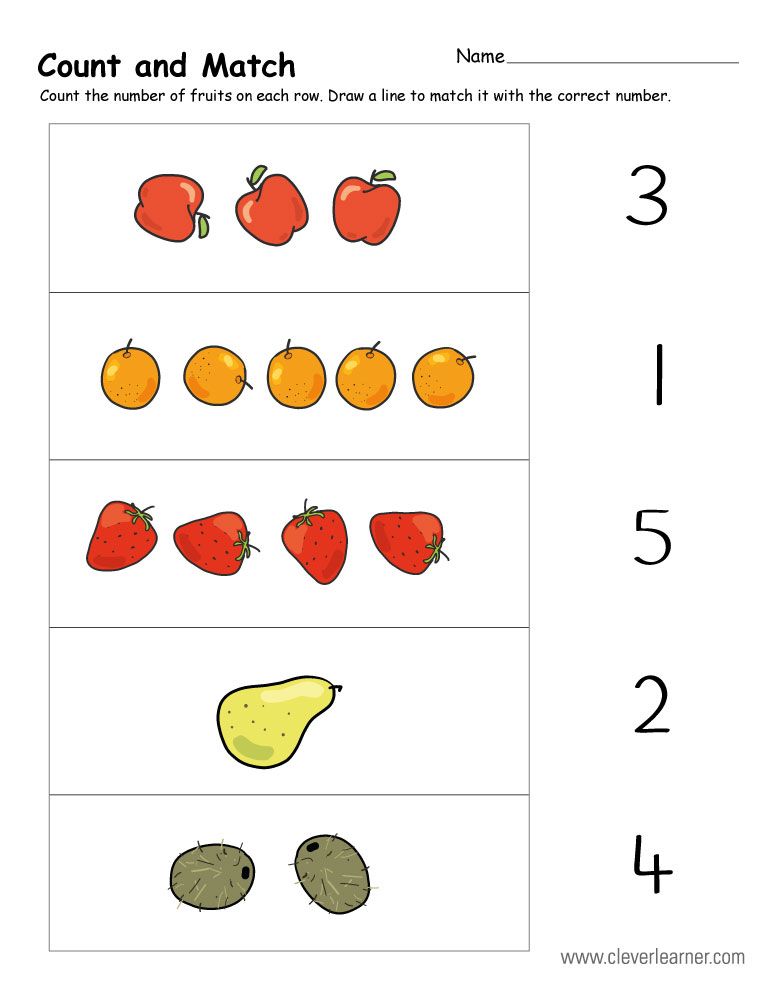
It’s an undeniable fact that parents want to guarantee that their kids are fully equipped for school and that they will do well in preschool. However, kids at this early stage tend to enjoy playtime more than learning numbers and alphabets. One way to assist them transition into their study mode and to ace their kindergarten is to show them that learning is like playing. At Kid’s World Preschool, our teachers are experienced and determined to provide students with activities that are more fun than what they are playing at home.
How to Teach Numbers 1-10 in Kindergarten – KindergartenWorks
Number sense and learning to write and use numbers 0-10 is a pretty big deal the first nine weeks of kindergarten.
Here is a set of materials that helps me teach kindergarteners how to form the numerals and teach them how to count one-to-one all the way to ten.
Because, let's be honest.
Lots of kinders come in counting to ten skills - and then also - lots don't.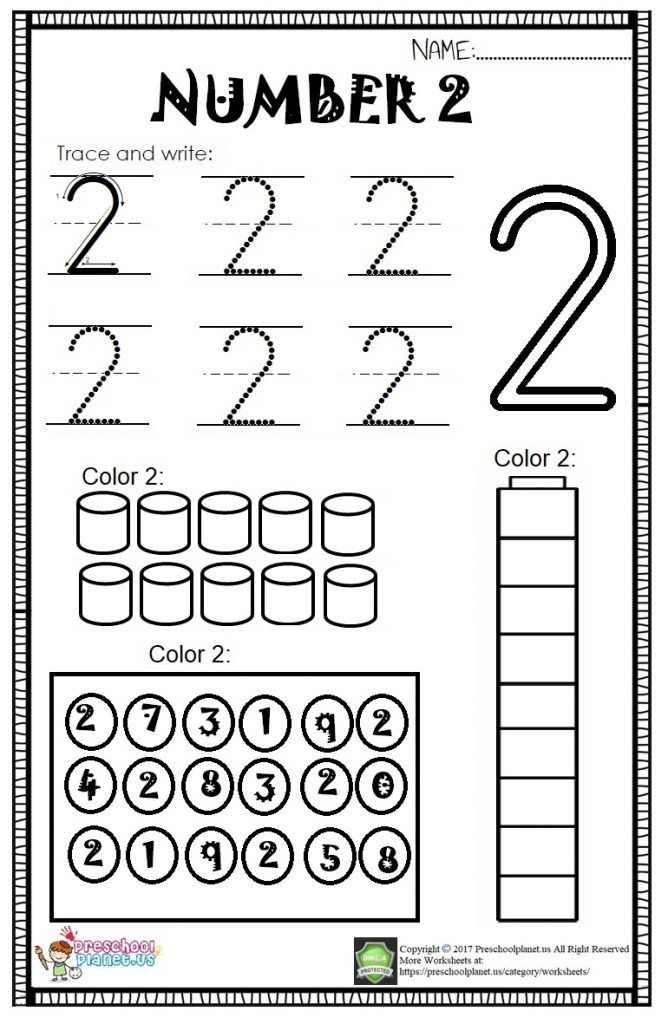 I have found that it's very common to have incoming students that can only count up to four or five objects correctly.
I have found that it's very common to have incoming students that can only count up to four or five objects correctly.
Here's what I created to use in my classroom and you can use it too.
Teach them with a story
Just like I've learned that teaching procedures with a story is very effective, I've learned that teaching numbers with a story is effective too.
But I didn't really like any books that existed because they didn't teach students literally "this is how you count" and "this is how to make a 4." And that's just what I needed.
So, I created the monster numbers book and also turned it into an audiobook.
My kinders love it and it helps me teach a lot in a short amount of time.
It talks about the process of counting 1:1 all the way up to four.
It capitalizes on the fact that most students can count that many objects but pushes them to see that counting uses a pattern that they can apply to every number after.
As a teacher, you simply use the repeated phrases from the book "When you touch one, you say a number. When you touch another one, you say the next number" when you are working with kids who need help counting and touching objects one-to-one.
After that, it goes over easy-to-remember number formation chants to practice forming the numerals correctly.
So you can have students practice doing this with you as you read - they quickly learn to chant along with you and can even draw numbers in the air with their finger as you read aloud.
Of course, the way to maximize teaching numbers with young students is to do this more than once.
You can print this story and read it as often as you want.
To make it more fun and interactive, let's talk about how to engage the student's whole body in order to learn how to write numbers even faster.
Teach them with a video
A video can take learning how to write numbers and make it more interactive. So, use this free Monster Numbers video for kindergarten to your advantage!
We love throwing it up on a big screen to practice forming numbers with arms, elbows, legs, and heads.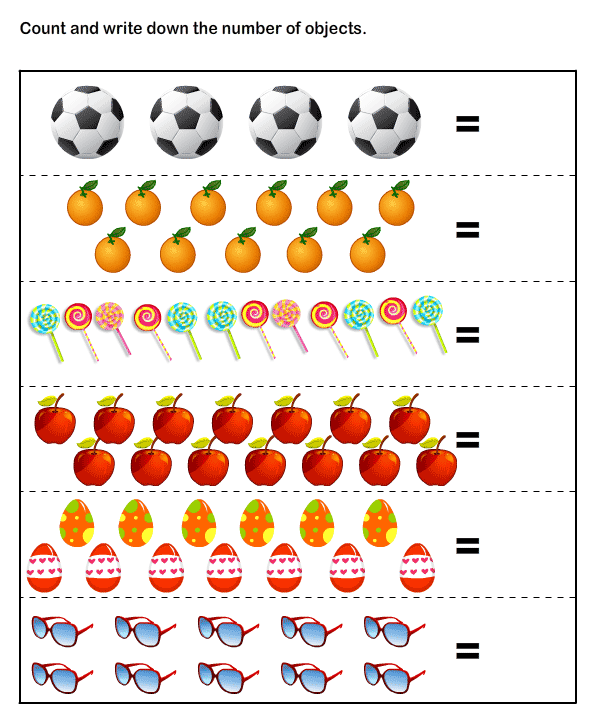 So much fun!
So much fun!
It also works great if you break it up into parts to focus on just a couple of numbers!
Enjoy this free how to write numbers video - it's about 10 minutes so it is a mini-lesson in itself, but should help get kinders moving while they're learning.
Now that you've laid a good foundation by reading and re-reading Monster Numbers and showing the video a few times - it's time to give the students practice in small groups.
Teach them in small groups
Have your students create their own little Monster Numbers book and "capture" monsters by completing the pages.
I like using this as a lesson with my guided math groups.
The mini-book starts with the number 5, since that's where most kinders need work on counting 1:1 when they enter kindergarten.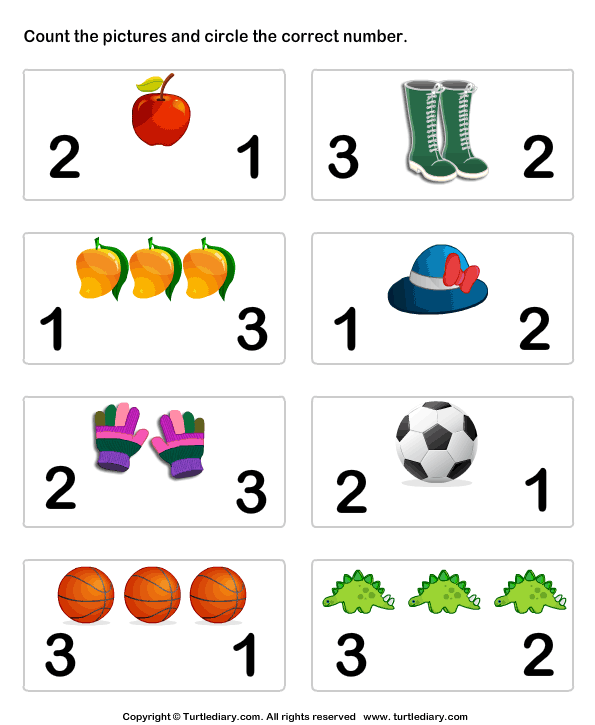
Do a few pages together, using the chants you learned from the book and video, and let students get some pencil and paper practice.
Send the little books home so that parents can see what students are working on.
Use the number handwriting chants any time you can
Now that your students can practically recite the whole video along - it's time to use those easy-to-remember chants any time your students are working on writing numbers, or need help with writing numbers correctly.
Whenever students are attempting to write on their own, or you are writing numbers in front of the whole class (like during calendar time) - use the chants!
Prompt students with a few words and let them finish saying it aloud.
Send home a set of the chants to go home to parents so they can use them at home too!
Hopefully, these will earn some at-home fridge space for a few weeks. {wink}
Teach what is a ten frame
Help your students quickly develop number sense by helping them see numbers in an organized way.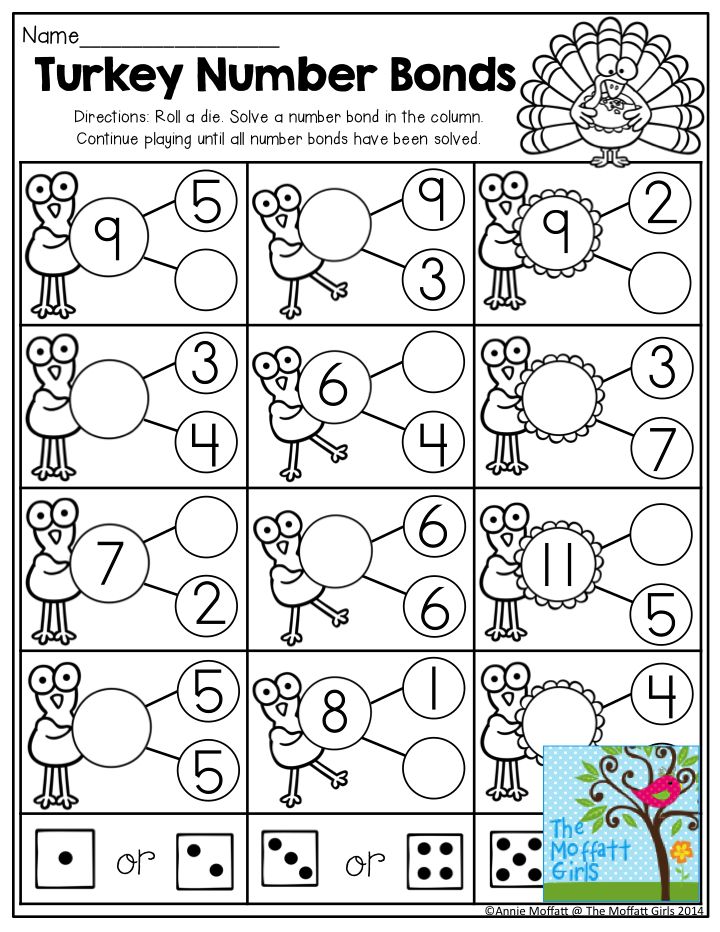
Introduce a ten frame - using a ten frame has been critical for me to teach so many math skills. But, let me make it easy for you. Your kids have already been exposed to one!
The "monster keeper" from the book is a ten frame.
It's a great visual for kinders and you can print as many monster manipulatives you'd like.
Use the ten frame whole group or with your small groups as needed -they are fantastic for exploring how to count, touching objects 1:1, and getting to know the layout of a ten frame.
Teach them how counters of any kind can be placed into a ten frame to help objects stay organized and make it easier to count.
Down the line in the school year, students will learn that 5 on top and 2 on the bottom is 7 without having to count each object. That's powerful when it comes to teaching your students how to subitize larger numbers.
For now, teach them what a ten frame is and use it often for counting.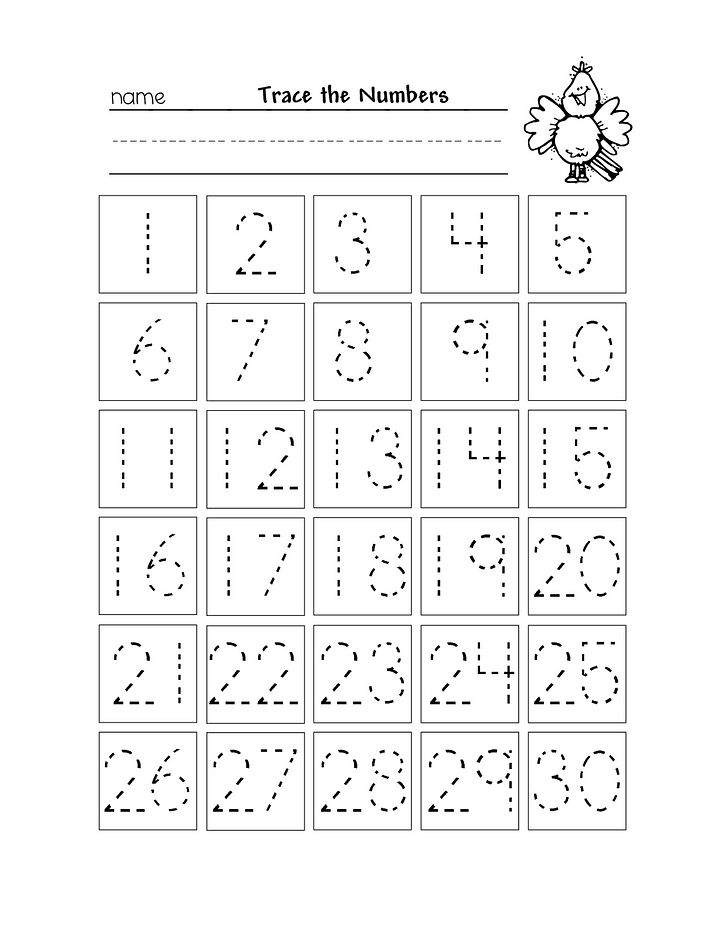
Related: How to make ten frame manipulatives
Use some independent activities
You've taught counting 1:1 and how to form numbers as a whole group, in small groups and now you need to give students lots of practice doing this on their own using independent activities.
There are tons of printables, simple games, and center activities out there that can help you accomplish this.
I made a center activity that didn't need an explanation of how to do it. This way I could use it at the beginning of the school year when kinders aren't very independent workers yet.
Since most students come into kindergarten with the general concept of how to do a puzzle - I simply made ten frames into number puzzles to bring it all together.
There are two different kinds of puzzles to allow for differentiation.
The 3-piece number puzzles all have the same shape which means they have to count if they are to get the puzzle correct.
Revisit what worked
If you've been teaching students how to count and how to form numbers:
- whole group
- in small groups
- with independent activities
and using the number chants whenever you can - your students will be well on their way to using numbers - not just learning them - in kindergarten!
Since the monster number ten frames are kinder-friendly, it's easy to use them again when it's time to introduce a new skill.
Once they know numbers to 10, it's time to dig deeper into numbers 0-5.
A special note - making 5 is a huge concept in kindergarten, so don't skip, ignore or gloss over it!
And then you're ready to focus on digging deeper into numbers 5-10.
Since I kind of loathe worksheets, I've made ten frame workmats. They are great for giving students a target number to make in different ways.
Students practice different ways of making numbers 5-10 You can use the workmats along with the recording sheets if you want.
They were fun to make and I love the idea of even using bingo-daubers for representing items in a ten frame. In this case, those daubers will create fantastic monsters.
Get Monster Numbers
If you love the idea of using this printable book and any of the printable resources, you can purchase the Monster Numbers Pack here:
Go to Purchase
You'll get:
- the 35-page printable "Monster Numbers" book
- Audio recording (mp3) of this book read aloud by me
- CD label image
- 3 differentiated sets of number puzzles (Matching numbers to ten frames 1-10)
- Handwriting 0-10 chant poster/parent resource
- 11 page "My Monster Numbers" mini-book
- 5 workmats and 5 matching recording sheets
- Manipulative monster pictures and monster-themed ten frames (Monster-Keepers)
Bonus: Teach them with playdough
I love teaching things in tactile ways.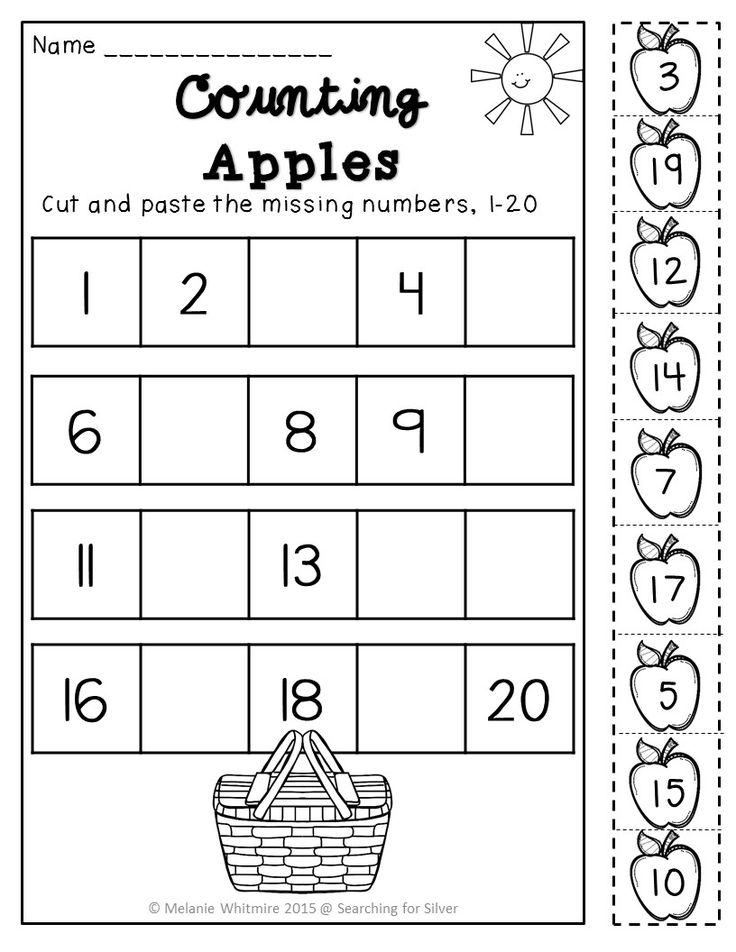 Playdough is a staple material in my kindergarten classroom.
Playdough is a staple material in my kindergarten classroom.
So, I made sure to create an independent activity that uses playdough to practice forming numbers and counting to ten.
These bonus playdough numeral formation and ten frame work mats still feature the monster keeper and familiar monsters - but transition students into using a plain ten frame to count their playdough monster balls.
You can simply laminate or slide the pages into a plastic sleeve and you're set to go!
Go to Purchase
Let's wrap it up
Teach numbers 1-10 in kindergarten by using: whole group, small group and independent activities.
Be sure to use books, videos, chants and get students moving and manipulating objects or playdough whenever you can to make it hands-on.
You're sure to maximize the time you spend teaching numbers to ten this way.
I hope that the Monster Numbers video and printable resources can help make it easier to quickly implement in your kindergarten classroom.
If you like what I do here on KindergartenWorks, then be sure to subscribe today. I look forward to sharing ideas with you weekly.
More Math
- Making 5 Fluency Ideas and Games
- Learning Teen Numbers in Kindergarten
- Teach: How to Draw a Ten Frame
- 2 Activities and 5 Videos to Teach 2D Shapes
Math class in the middle group "In the country of numbers" Kindergarten No. 30 | Plan-summary of a lesson in mathematics (middle group) on the topic:
Lesson in mathematics in the middle group "In the country of numbers" Kindergarten No. 30
Lesson in mathematics in the middle group is designed to teach children to distinguish and name known geometric shapes: a circle, square, triangle, quadrilateral, oval and group them by color, improve the ability to determine the position of geometric shapes in relation to each other, learn to count within four and correctly find the place of a number in ascending order.
Tasks:
Educational:
- teach children to distinguish and name known geometric shapes: circle, square, triangle, quadrilateral, oval and group them by color.
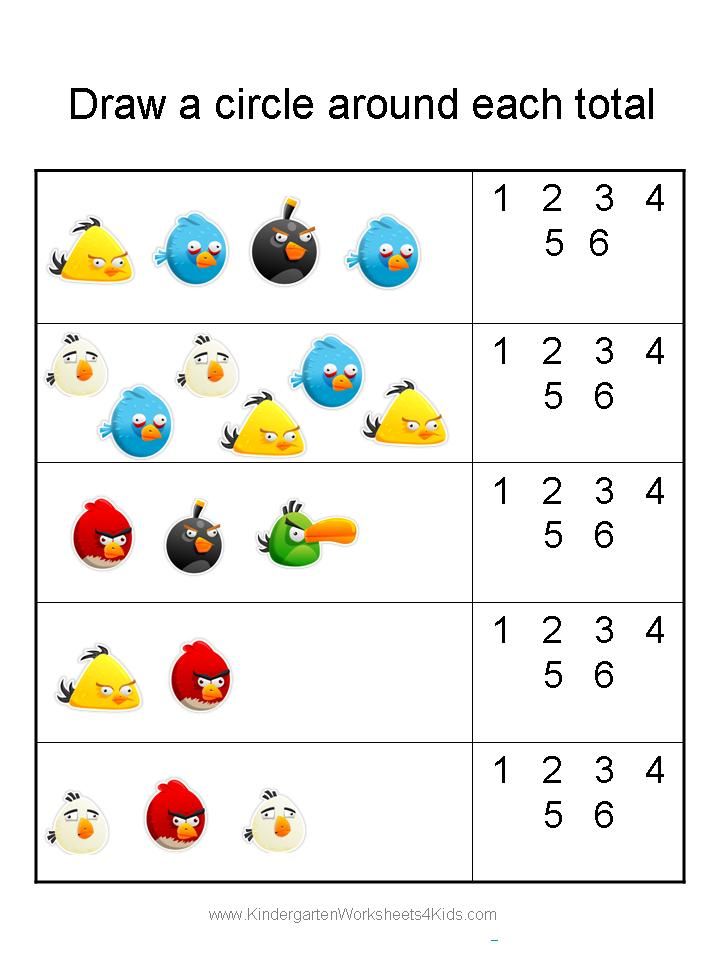
- improve the ability to determine the position of geometric shapes in relation to each other.
- teach children to count within four and correctly find the place of a number in ascending order.
- repeat verses about numbers within four.
- to expand the stock of words with the opposite meaning (antonyms) through the game "On the contrary".
- to form the ability to find a house according to a given number. (P.I. "Find your house")
Developing: to develop the ability to count and answer the teacher's questions.
Educational: to cultivate perseverance, the ability to work in a team.
Materials: 3 hoops with numbers 1, 2, 3; medallions for each child with numbers, a dog toy, a painted rug, 3 bear toys.
Handout: cards with numbers up to four.
Preliminary work:
- Geometric Lotto game.
- Shape and color game.
- Find your house game.
- The opposite game.

- Game "Extra Four"
- Game "Live Numbers".
Course of the lesson
- Guys, what do you think you can go on a trip? (by plane, train, car, etc.)
- You are correct. Shh! Guys, do you also hear that knocking? (yes)
- While we were talking about the trip here, it seems that someone came to visit us. (Walk to the door)
– Indeed, the dog has come. (I bring in a toy)
The dog heard that you will play today, she wants to play too. Shall we play with her? (yes) And the dog's name is Bobik.
– Bobik, what did you bring? Oh, turns out guys, that's the rug he sleeps on. And what an interesting, unusual. You are Bobik, sit down, and the guys and I will look at your rug.
– Guys, what geometric shape does the rug look like? (per rectangle)
– What is the rug decorated with? (geometric shapes)
– What geometric shapes do you see? (triangle, circle, oval, square, rectangle)
- What color are they? (blue, red)
– On which side of the carpet are the blue geometric shapes? (on the left)
– And the red ones? (on the right)
- And what figure is on top of the circle? (triangle)
– From the bottom of the circle? (oval)
– And between which figures is the rectangle located? (between square and triangle)
– Well done guys, did you like the rug? (yeah)
- Guys, Bobik asks if you and I know the numbers.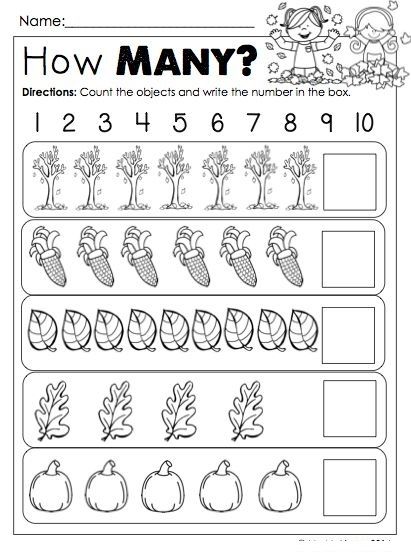 Bobik, the guys know the numbers. You will be convinced of this. Now we will play the game "Live numbers".
Bobik, the guys know the numbers. You will be convinced of this. Now we will play the game "Live numbers".
Live Numbers Game
Rules: 4 children receive numbers from 1 to 4, the leader is chosen and put the numbers correctly in order. The game is repeated 2 times.
– Amal, where will you put Alena?
– Nikita, what, after whom will you put?
- What do you guys think, did Amal arrange the children correctly? (children's answers)
– Well done! And now let's have a rest, do a physical education minute.
(I spend a physical education session with the children)
- Bobik, we know another game, it's called Find the Number.
Find the number game
- Guys, you have plates laid out on the tables, and there are numbers in them. Let's show Bobik a number that indicates how many spouts he has? (children show)
- What is the number Vyacheslav? Amal? (one)
- Bobik, the children showed correctly that you have one nose. And let's tell Bobik a poem about the number one.
And let's tell Bobik a poem about the number one.
Here is one, or one -
Very thin, like a knitting needle.
Now show me the number that indicates how many eyes Bobik has?
- What number are you showing Nikita? (two)
– Nastya, look at Bobik, how many eyes does he have? (two)
- And what poem do we know about the number two?
And this is the number two.
Admire what it is like:
The deuce arches its neck,
Dragging its tail behind it.
- Well done guys. Guys, we read a fairy tale about bears that live in the forest. Let's count them, how many there were.
There lived… dad, mom and a little bear (showing toys)
Now show me the number that indicates how many there are?
- What number is Danil showing? (three)
– Polina, how many bears were there? (three)
About the number three, what poem do we know? Tell Angelina.
Look at this,
The number three is speaking.
Troika is the third of the badges.
Consists of two hooks.
- Let's show Bobik a number that indicates how many paws he has? (I go with the dog to the child).
– Sasha count how many paws the dog has? (four). Did you show correctly? (yes)
– And you, Igor, what number did you raise? (four)
- Bobik, we also know a poem about the number four.
Look, four is a chair,
Which I turned over.
– What good fellows you are! And you, Bobik, did you like the answers of our children? Since we liked it, we want to play one more game. Will the guys show Bobik the game "On the contrary"? (yes)
– Well, then I invite you to the rug.
– Bobik, you and I are coming with us.
Reverse game
Rules: children stand in a circle, I throw the ball to the child, saying "wide". The child catches the ball and returns it with the words "narrow". I use the parameters of magnitude, weight, time concepts, etc.
Long - short,
Large - small,
Low - high, etc.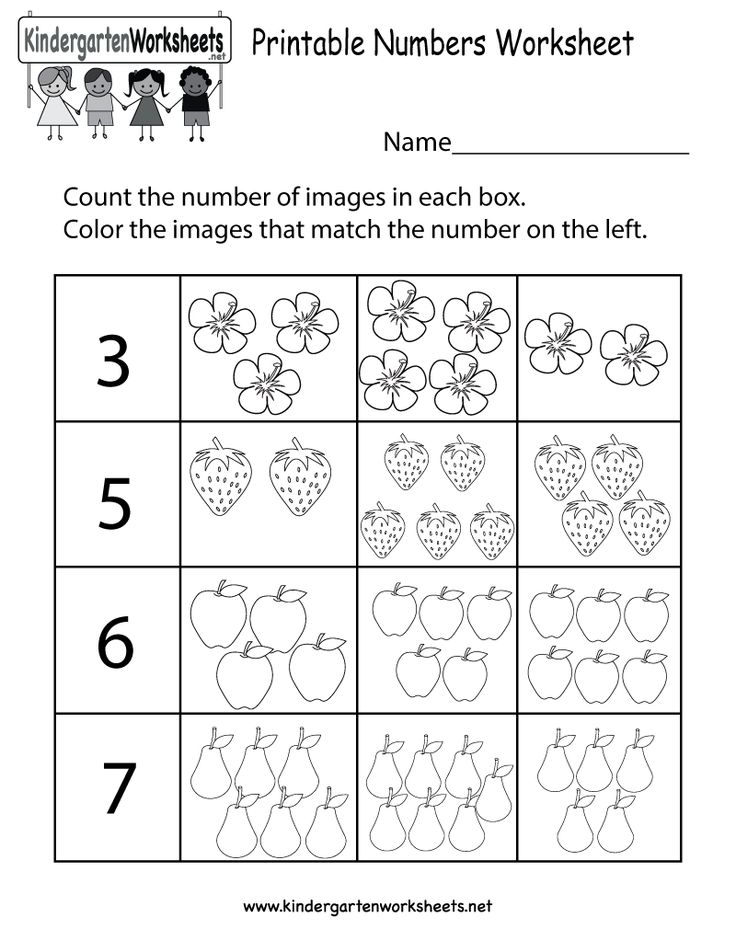
- Everyone was named correctly. Well done! Bobik, stop sitting, come play with us.
Find your house outdoor game
Rules: There are 3 hoops on the floor inside each hoop of numbers, from 1 to 3. By the number of the medallion, the children look for their houses.
Together with the dog we check the correctness of the task, I ask the children questions.
- Well done, guys. (I praise the children) Bobik really enjoyed playing with us. Let's ask Bobik to stay in our group, (stay Bobik). He agrees, Bobik stays.
123 Game Learn numbers - educational games for kids! Download APK Android
Download
Details
Reviews
Versions
Information
1/4
Description 123 Game Learn numbers - educational games for kids!
Learn Numbers Game will help you learn and start preschool education at home with math and introduce your kid to numbers. The supernumbers tutorial for children will teach the baby to distinguish between prime numbers from 1 to 10, pronounce their names in different languages, and fun mini-games will help consolidate the knowledge gained about numbers, number and counting.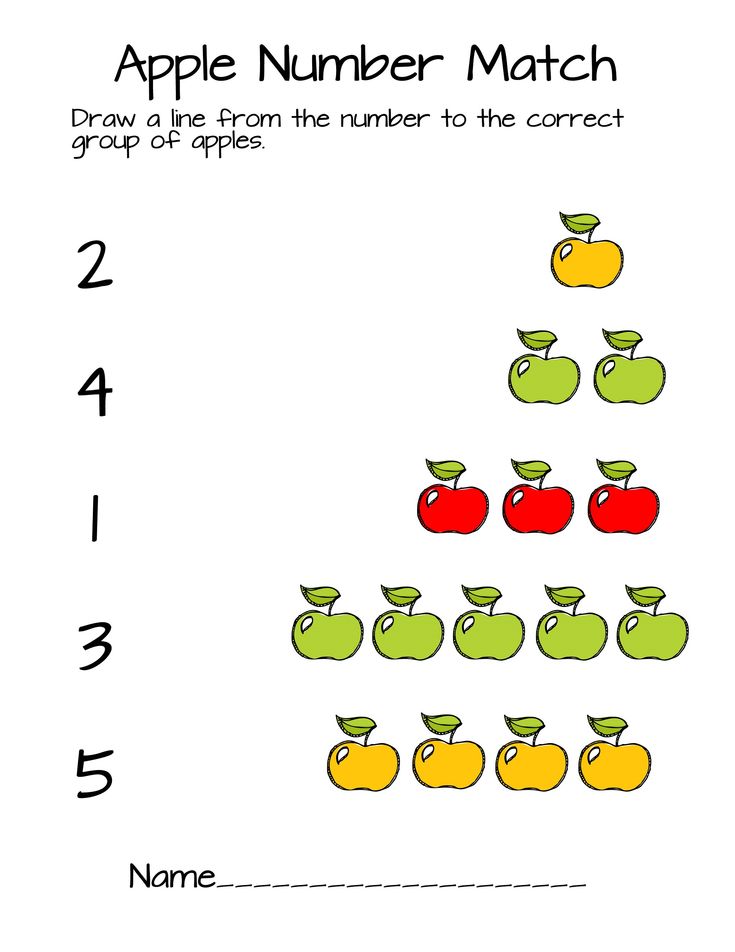
The number game is one of our top educational programs for kids and is rightfully considered the leader among children's number learning apps. Advantages of the game for girls and boys of preschoolers:
-Learning numbers from 0 to 9 - the kid will learn to correctly name, compare and distinguish numbers from each other.
- Offline games for kids include 3 exciting game tasks that will help not only teach numbers to children from the age of three, but also consolidate knowledge. Fun mini-games will give the kid the development of the initial ideas about mathematics.
- Children's games for little ones, recommended for preschool education, will also train fine motor skills, attentiveness, concentration, memory, perseverance and perseverance in achieving goals. All this will help the child to do better at school in the future.
- The numbers are brightly colored and animated, so the game will attract attention and captivate the young mathematician for a long time.
- Learn numbers in several languages - not only in Russian, but also in English, Italian, French, German, Spanish, Portuguese and even Chinese! The kindergarten game is voiced by native speakers with perfect pronunciation and clear diction. Knowing numbers in other languages will help your child learn foreign languages.
- The game has a simple and intuitive interface that will allow the baby to learn children's numbers and memorize the score on their own from the moment the application is launched.
- The game is suitable for small children 2, 3 years old, from 4 years old to 5 years old, as educational games for babies from 1 year old, for boys and girls.
- The game for learning the first digits can be downloaded for free 2 years from 5 years. Free educational and educational games save the family budget without compromising the quality of education and entertainment for preschoolers.
-Our games work offline for free, you can download and play them.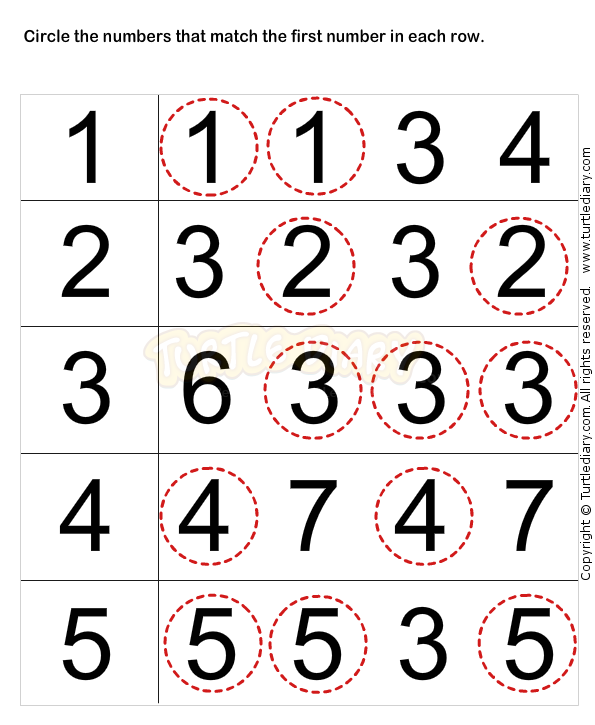 We teach letters and numbers for children from 3 years old anytime and anywhere.
We teach letters and numbers for children from 3 years old anytime and anywhere.
How to play in order to remember the numbers properly:
First, get acquainted with the numbers. One of the numbers will appear in the center of the screen, followed by its name with the correct pronunciation in your chosen language. (If you select English, then the baby will hear English numbers, and the same will be when choosing other languages). The kid should carefully consider the number and repeat its name after the announcer. You may need to say the name of the number several times to get it right. To listen to the name again, just tap on the number. After the first acquaintance, an immediate consolidation of the studied material will follow - for this, the child will see three contours, of which only one corresponds to the figure being studied at the moment. Having chosen one of the options, the kid will have to drag his number into this circuit. In the case of a correct decision, the number will light up in a bright color, words of encouragement will be heard, and a transition will be made to the study of the next number.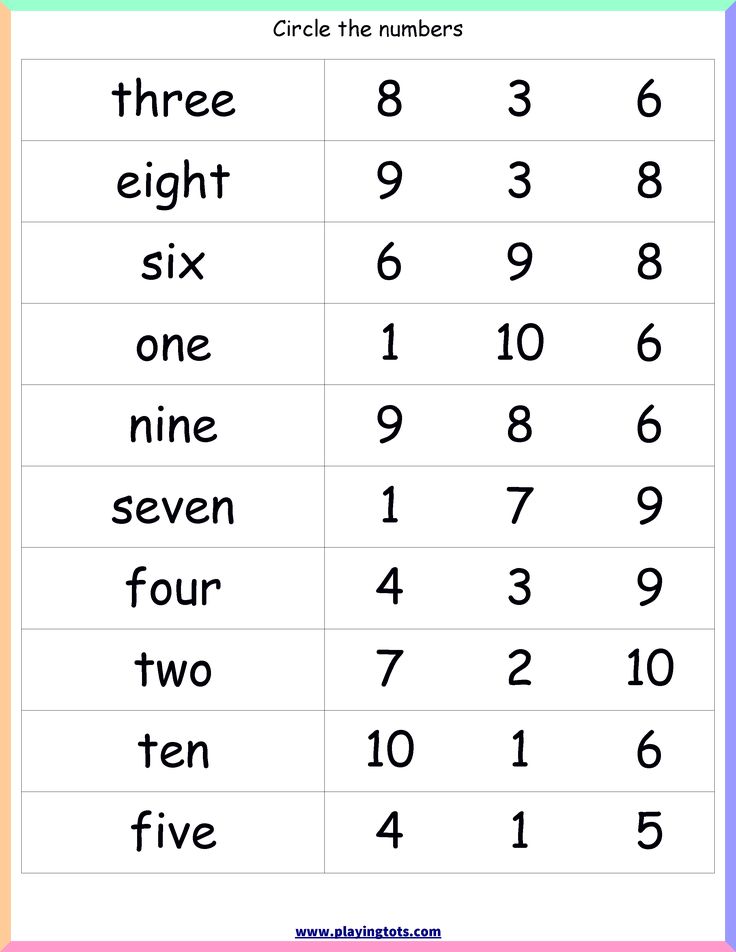
New educational games for children on mobile devices have become indispensable tools for the early development of the modern child.
123 Game Learn numbers - educational games for kids! - Version 3.0.8
(27-02-2020)Other Versions
What's New Minor fixes
Apps in the same category
You might also like...
No reviews or ratings yet! To be the first, please install Aptoide.
-
1
Reviews
Application Quality GuaranteedThis application has been tested for viruses, malware and other injected attacks and does not contain any threats.
APK Version: 3.0.8 Package: com.oki.numbers
